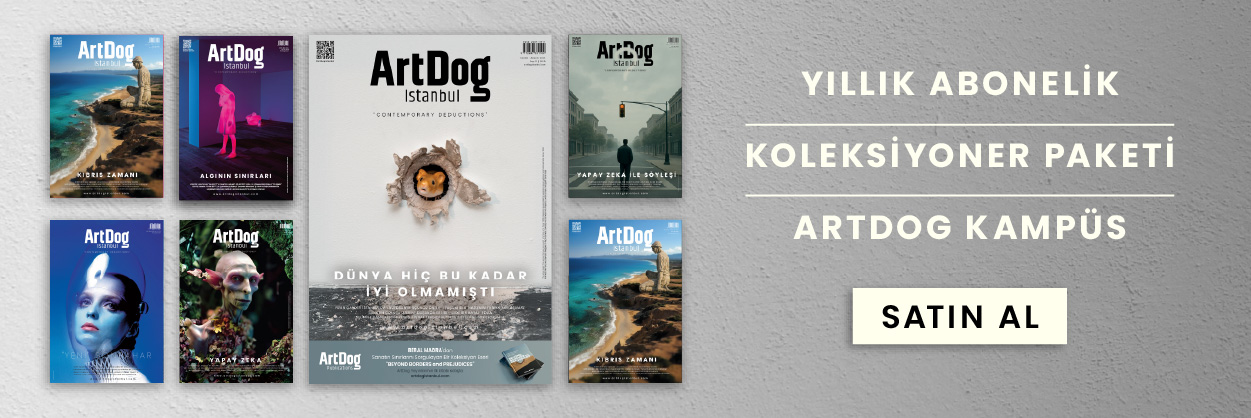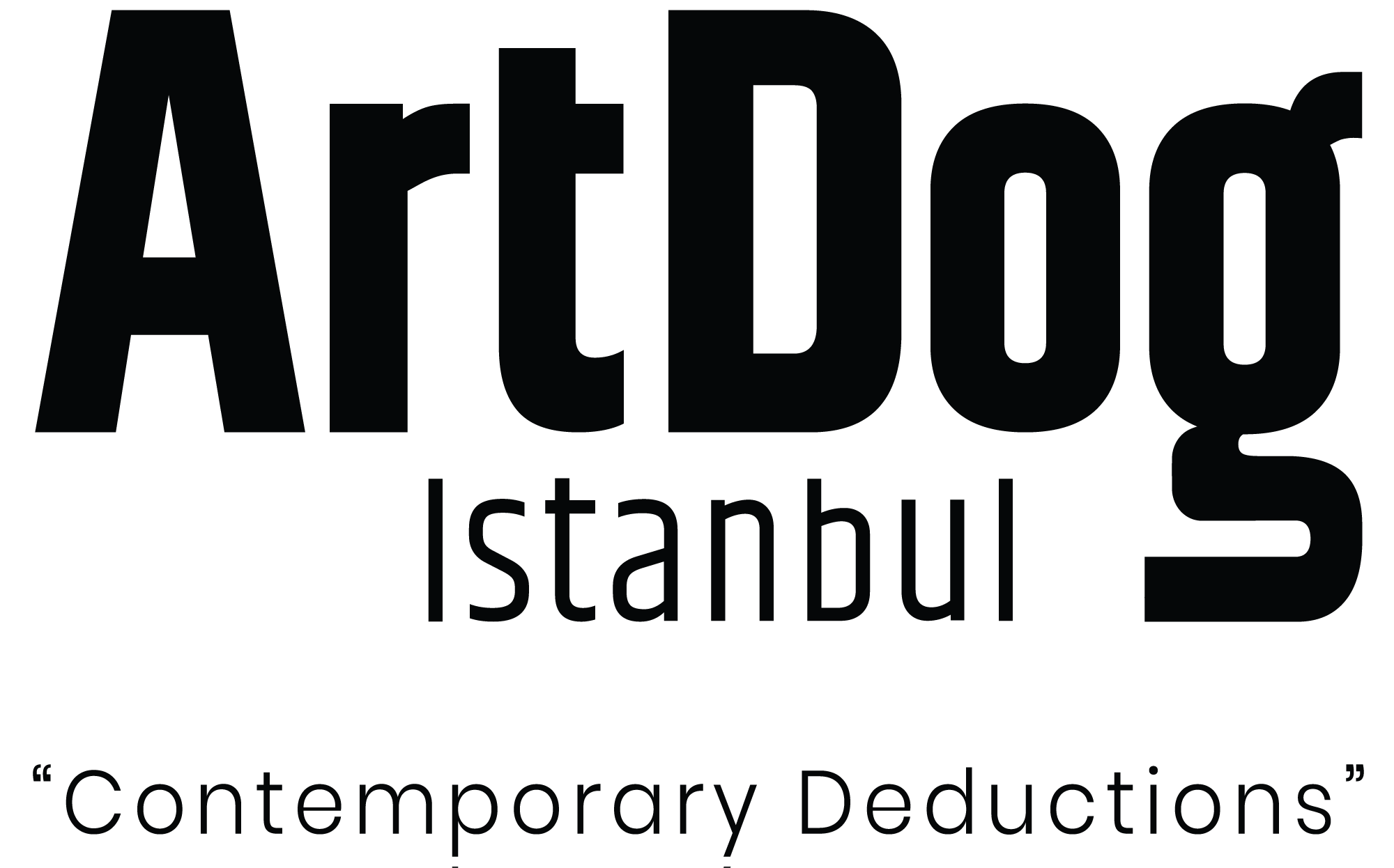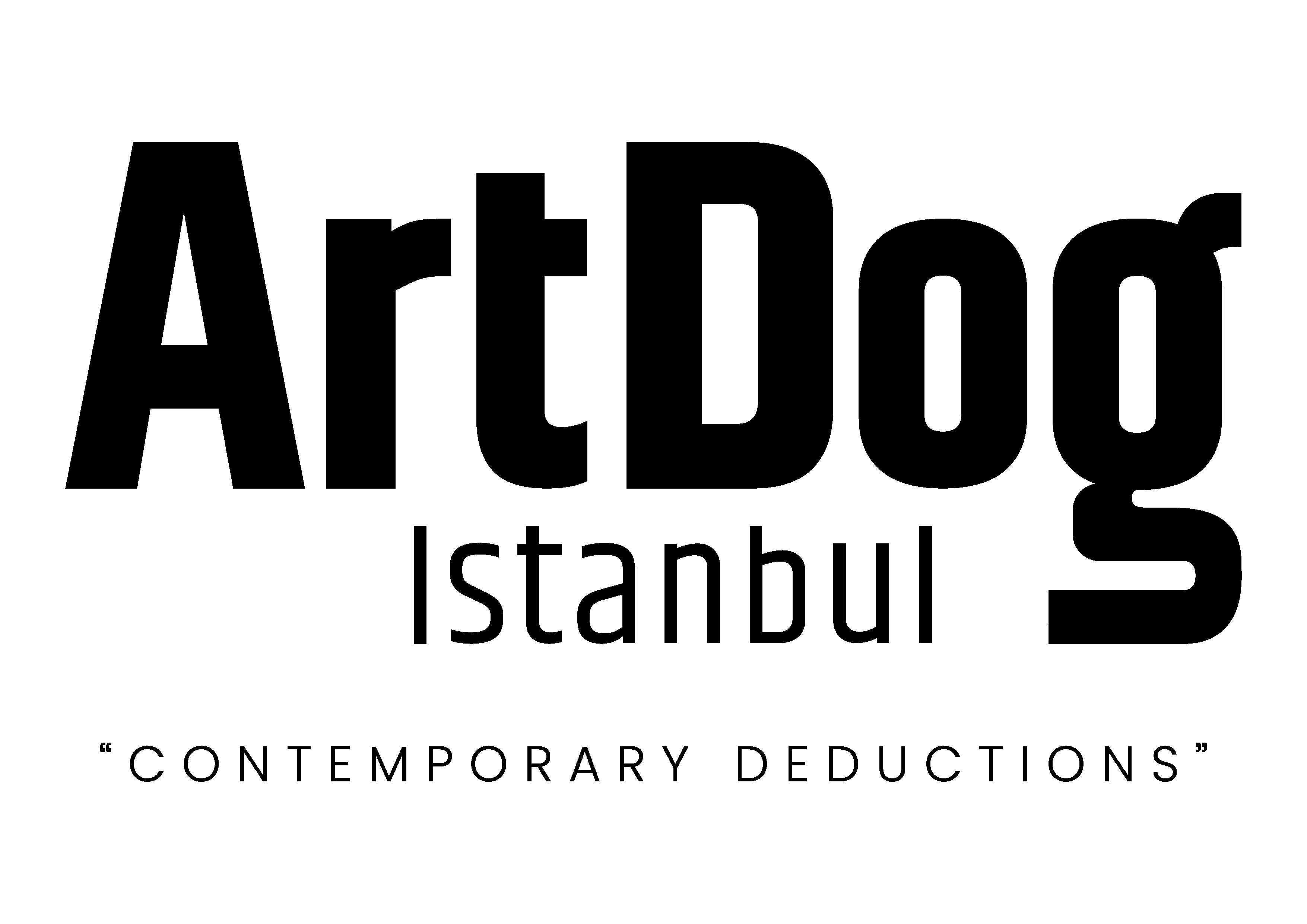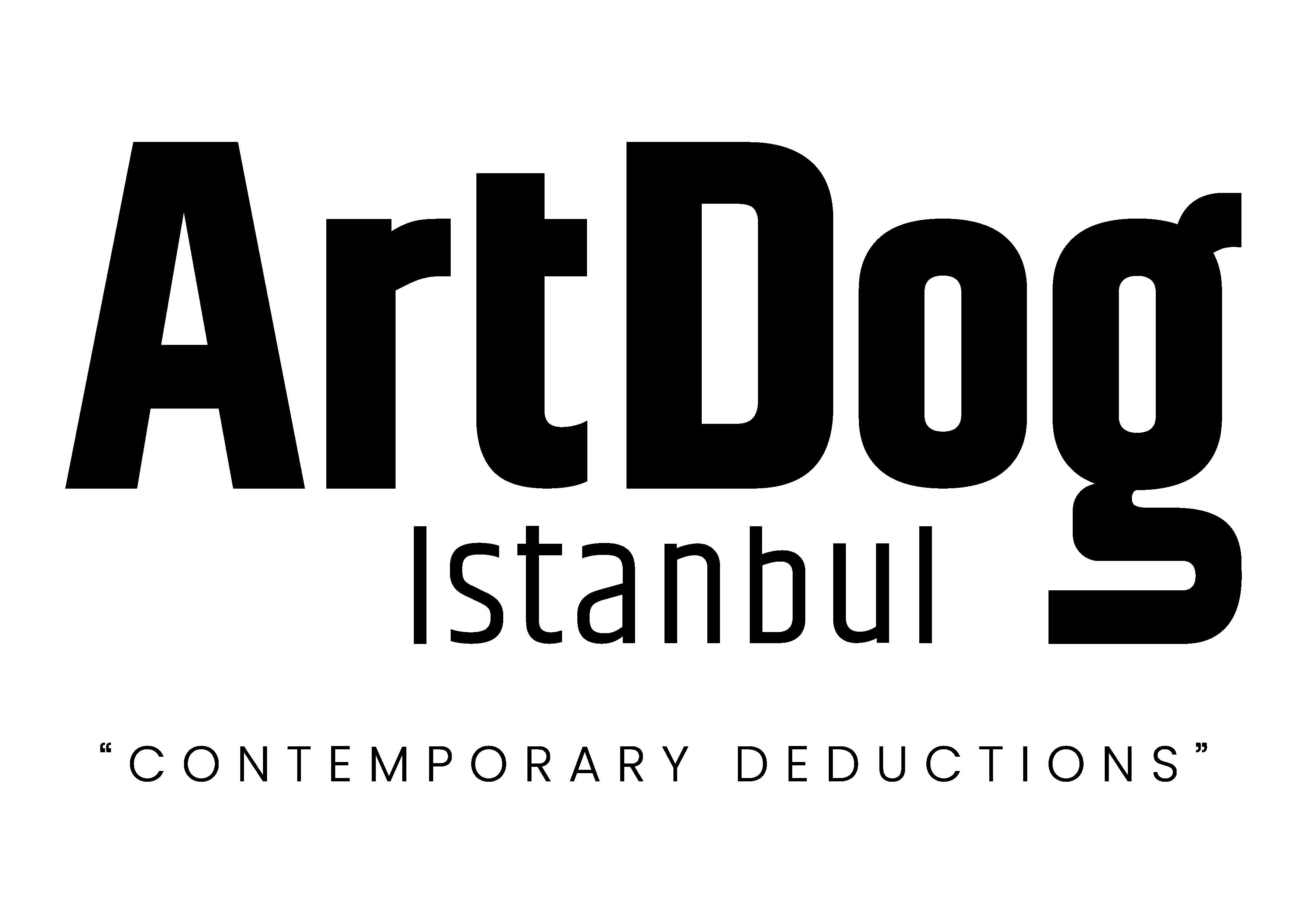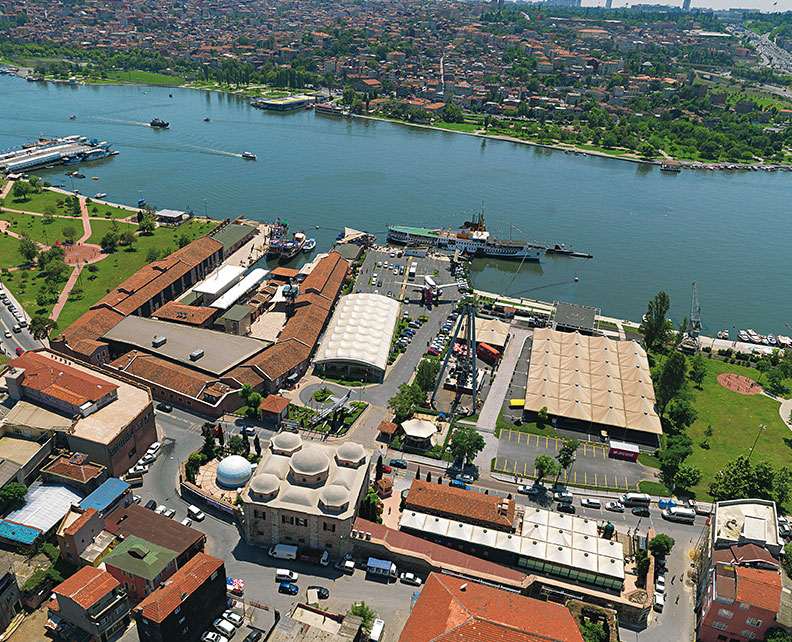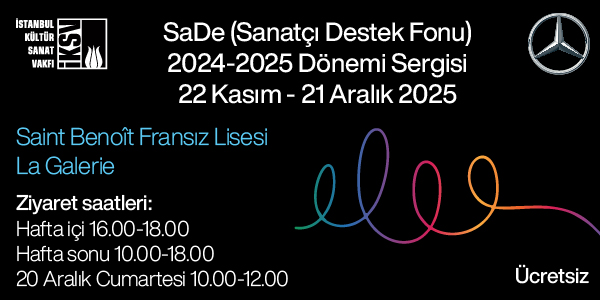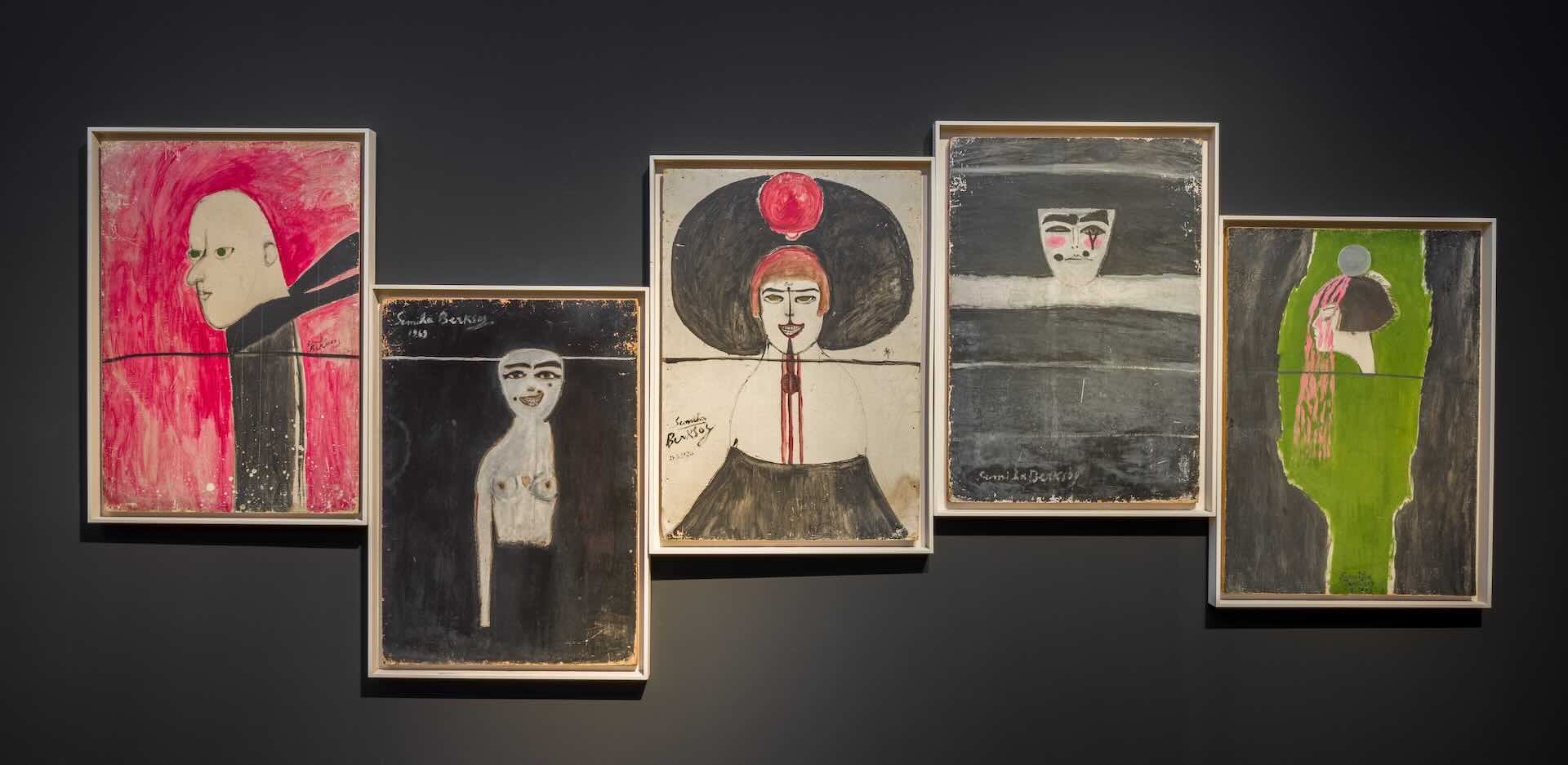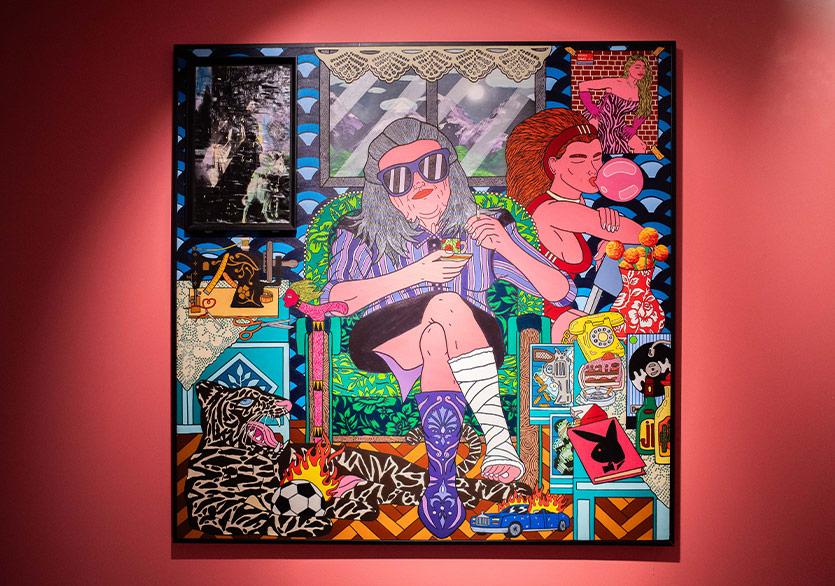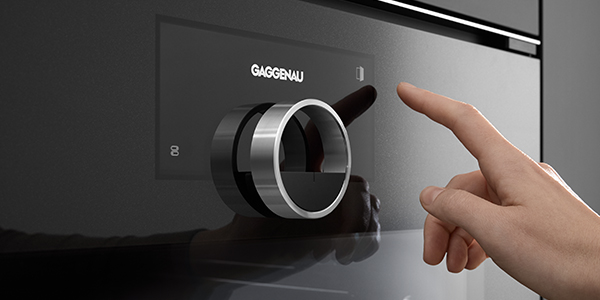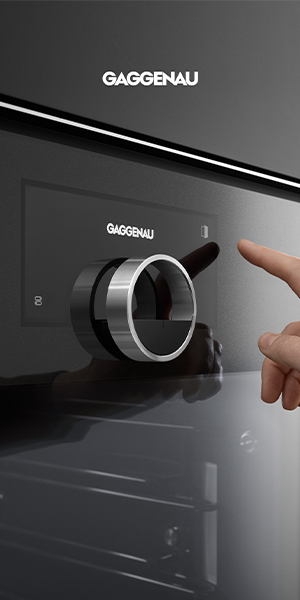Everyone from 7 to 77 is familiar with the Rahmi M. Koç Museum, located on the shores of Hasköy, facing the Golden Horn. Born out of the private collection of Rahmi M. Koç, the museum offers a different perspective on museology in Türkiye today. Its collection includes thousands of objects that have witnessed the history of transportation, industry, and communication. Now celebrating its 30th anniversary with the Horsepower exhibition, let’s take a brief look at the museum’s founding story and its new exhibition.
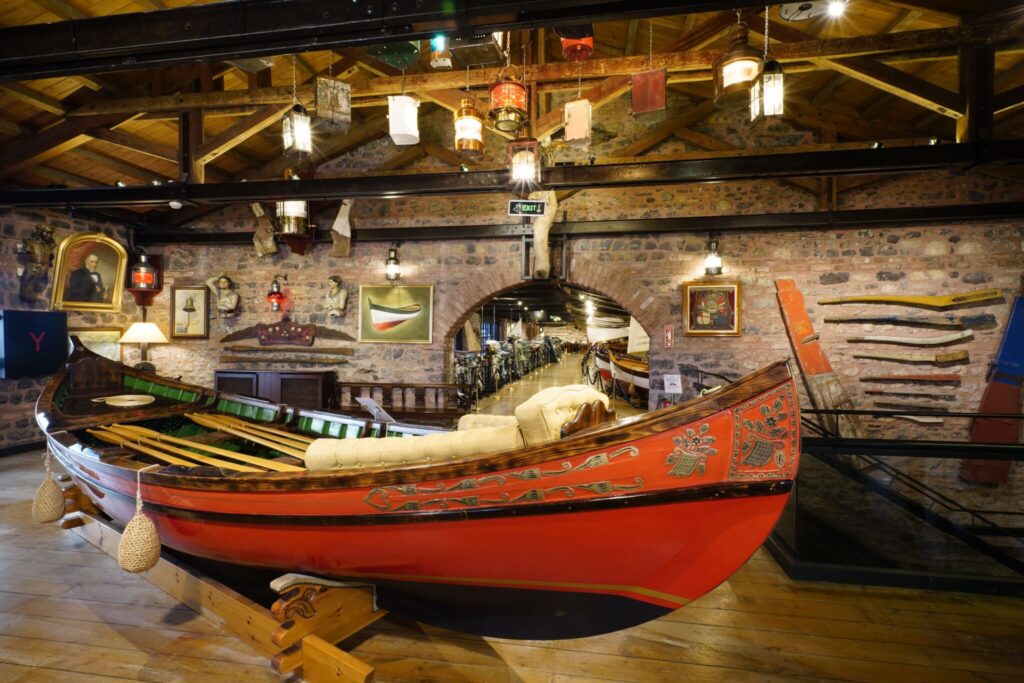
From Personal Curiosity to Museum
Businessman Rahmi M. Koç’s curiosity for industrial and mechanical objects is well known… The Rahmi M. Koç Museum is a museum born out of his private collection. His collecting curiosity started when he was 4-5 years old with the Marklin toy train brought from Germany by his father Vehbi Koç… Since then, he has collected and accumulated mechanical and industrial objects and wind-up toys from all over the world… Over the years, this collection has expanded so much that it did not fit in houses, offices or warehouses… Finally, the idea of collecting this collection under the roof of a museum and sharing it with everyone was born… He also tells his friends about the idea of a museum, which he has seen similar ones in the world and was very impressed by. With the support he received from them, he quickly started looking for a location. Rahmi M. Koç shares the following sentences about those days on the museum’s website:
“Finally, Dr. Bülent Bulgurlu, who had been a great help to me in this work, told me that there was a spirit warehouse belonging to Tekel in the Golden Horn area. We went together and saw the building. We were impressed by the “Lengerhane”, which dates back to the 12th century and was used to make anchors and casting parts for the navy during the Ottoman period in the 1730s. Later used as a tobacco warehouse by Tekel in the 1950s, the building suffered a major fire in 1984 and has been abandoned since then. Only the garden was used as a spirit warehouse. In 1991, we bought this place and restored it to its original state in 1993.”

Türkiye’s Only Industrial Museum
At the end of this adventure, Rahmi M. Koç Museum opens its doors in 1994 in its first building, Lengerhane. The museum, which stands out as Türkiye’s first and only industrial museum, is awarded the “Museum of the Year Special Prize” by the Council of Europe in 1996. In 2001, the Hasköy Shipyard was added to the museum. Today, the ground floor of the three-storey Lengerhane building houses steam engines and rail transportation models, hot air engines and internal combustion engines, time measuring instruments, and a life-size steamship engine; the first floor houses a collection of scientific instruments and communication equipment; and the basement houses aviation and maritime collections, high-quality mechanical toys, a replica of the wheelhouse, and film and print collections. The Hasköy Shipyard complex houses horse-drawn carriages, automobiles, steam and gas diesel engines, an olive oil factory, a carpentry shop, steamship machinery, rail transportation equipment, life-size ships, airplanes, submarines, the Atatürk Collection and the Rahmi M. Koç Gallery. One of the highlights of the museum’s collection, which is undoubtedly worth seeing, is the Fenerbahçe Ferry, a veteran of the Bosphorus, with its back to the Rahmi M. Koç Museum.
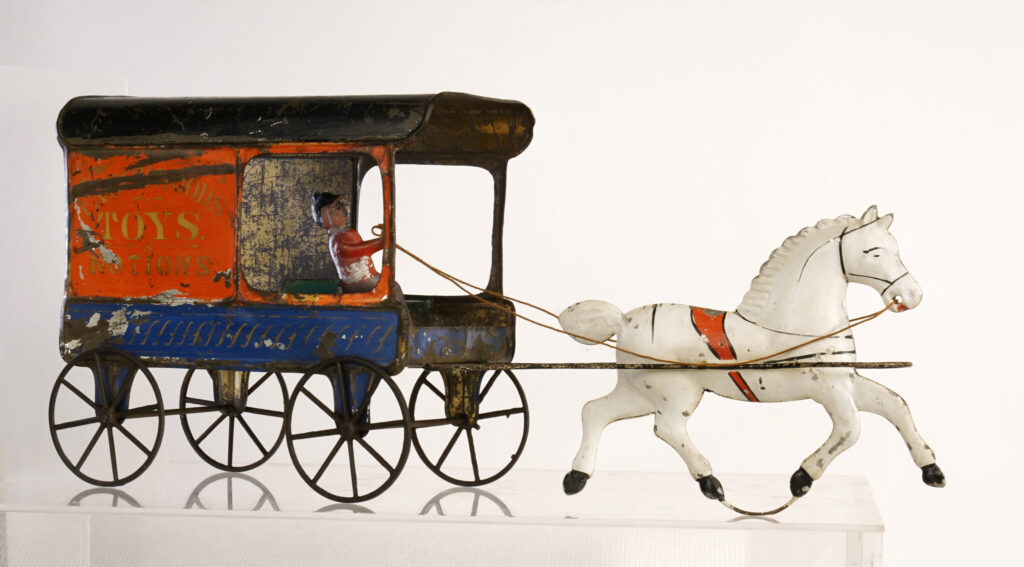
Art and Engineering Collides
Rahmi M. Koç Museum, which takes visitors of all ages on a journey through time with the artifacts in its collection, entertains and informs them at the same time, sets out with the same mission in the temporary exhibitions it organizes. The Horsepower exhibition, specially prepared for its 30th anniversary, is one of the exhibitions that stands out with its educational, instructive and entertaining fiction. Tracing the traces of the horse in art and engineering from the 2nd century BC to the present day, the exhibition explores the transformation of the automobile in the history of the industry through the concept of ‘horsepower’.
Mine Sofuoğlu, General Manager of the museum, explained the importance and story of the exhibition, which was specially prepared for its 30th anniversary: “Rahmi M. Koç’s deep interest in horses and automobiles was the inspiration for this exhibition. The full-size, model and toy automobiles and horse figures in his collection are the cornerstones of this exhibition. In this way, art and engineering have come together in this exhibition that brings together the past and the future.”
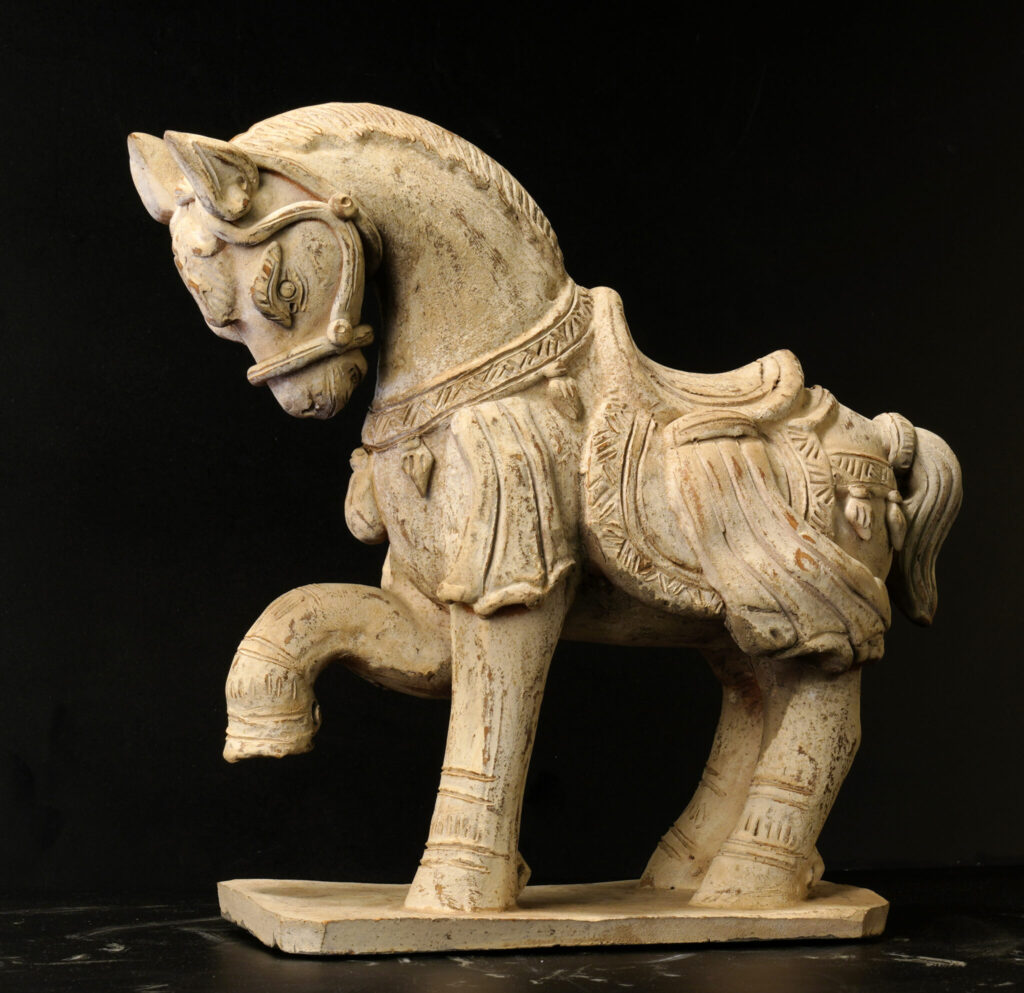
From 2,200 Years Ago
In the “Horse Figures from the Rahmi M. Koç Collection” section of the exhibition, approximately one thousand artifacts and images in the form of horses selected from different geographies and cultures from the 2nd century BC to the present day are on display. Among the artifacts, the oldest of which dates back 2,200 years, there are many colorful and interesting examples such as horse puppets used in Far Eastern puppet theaters, horses used as temple decorations, French, British and American carousel horses, terracotta and ceramic horses from China and Thailand, check and rocking toy horses, metal horses, and modern horse figures. Serra Kanyak, who curated this section of the exhibition, emphasizes that the curatorial setup here is created chronologically, starting from the oldest piece in the collection and circling towards the most recent and modern pieces.

